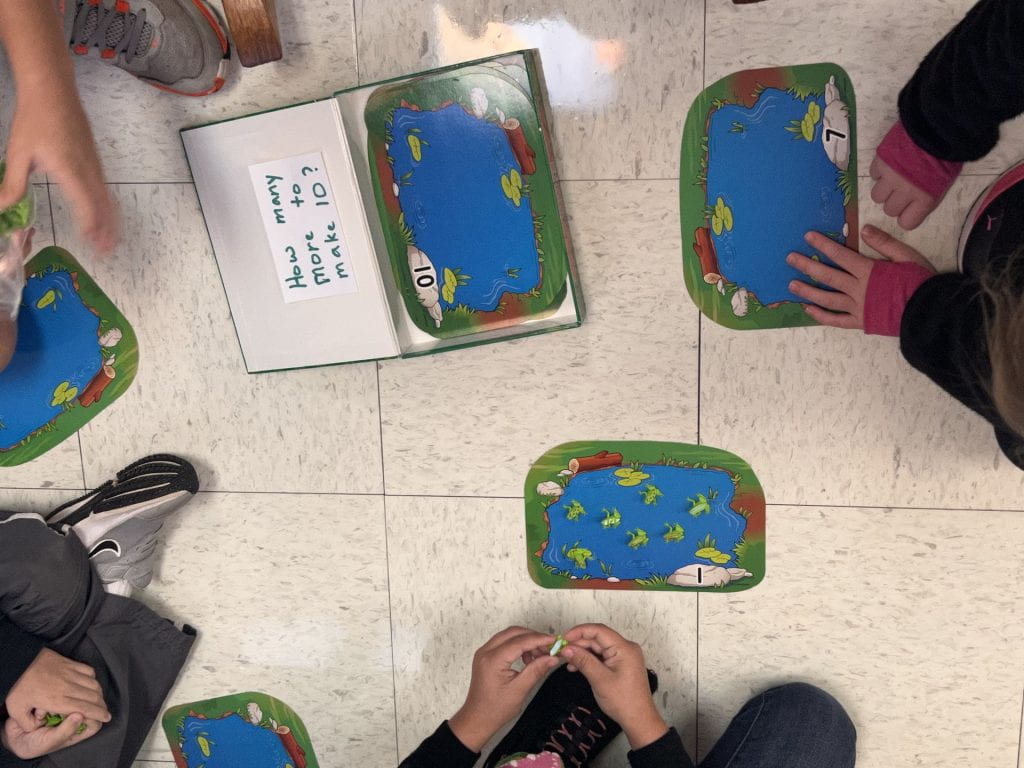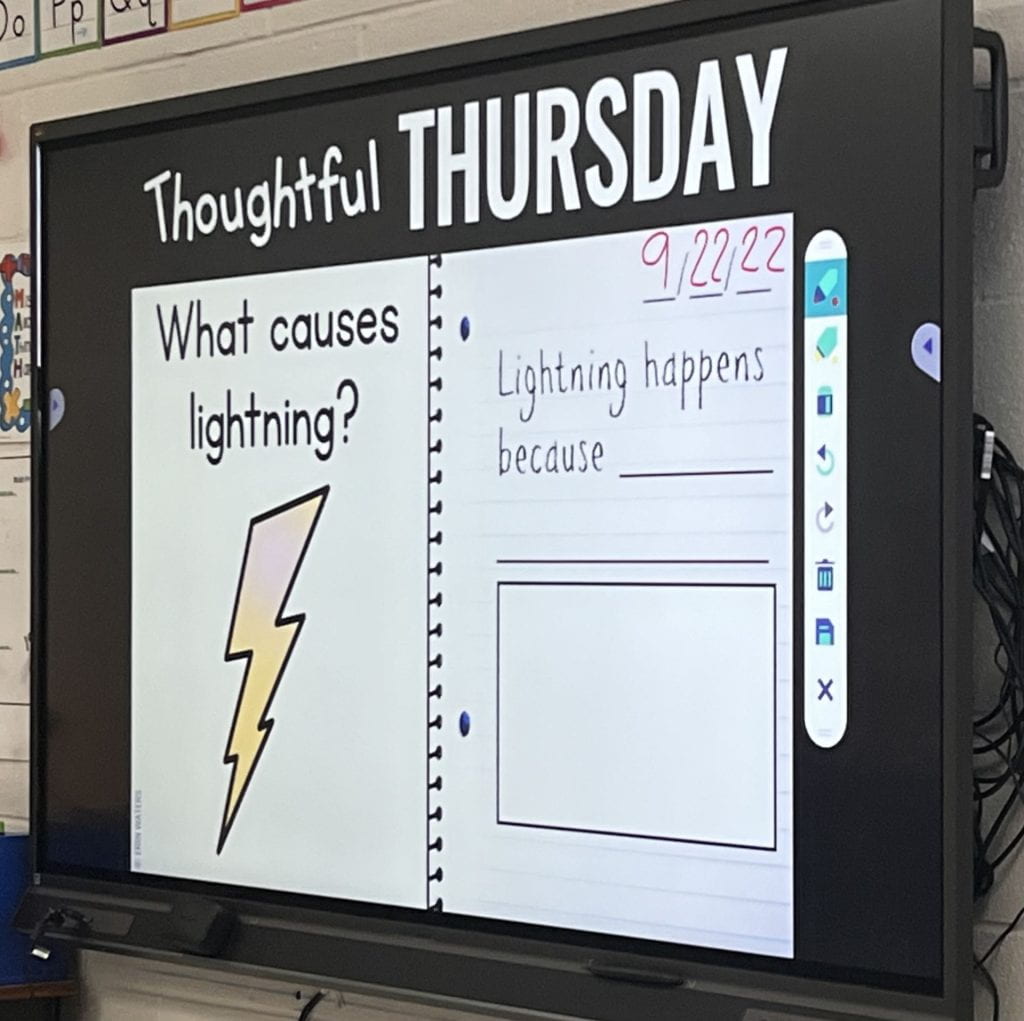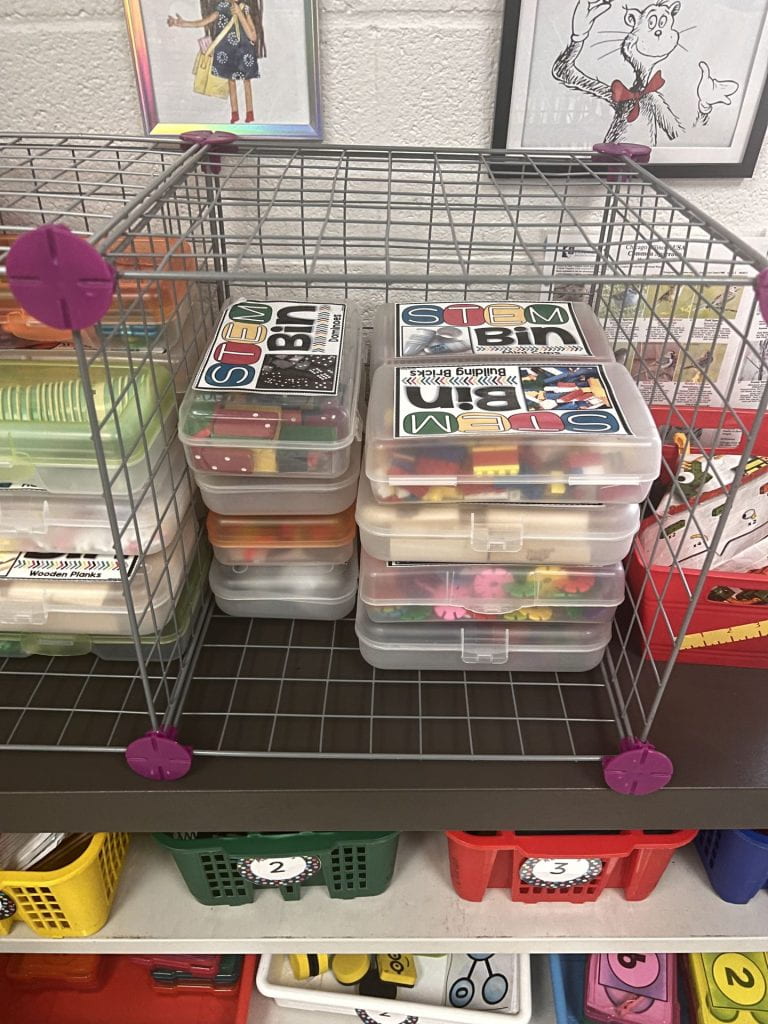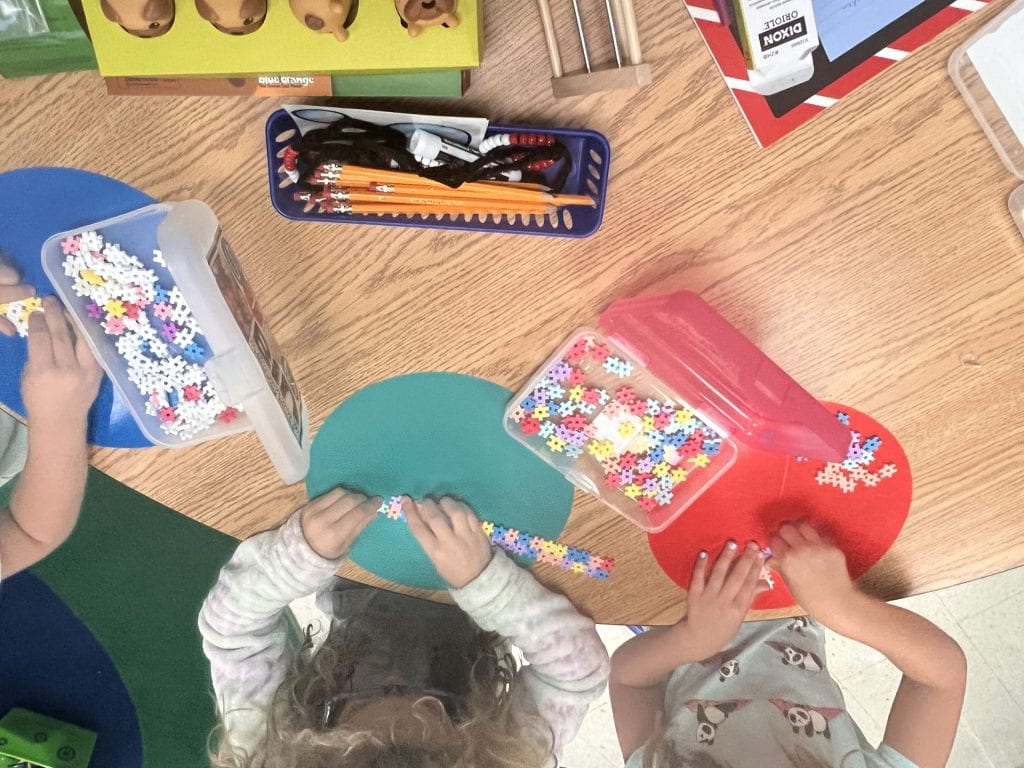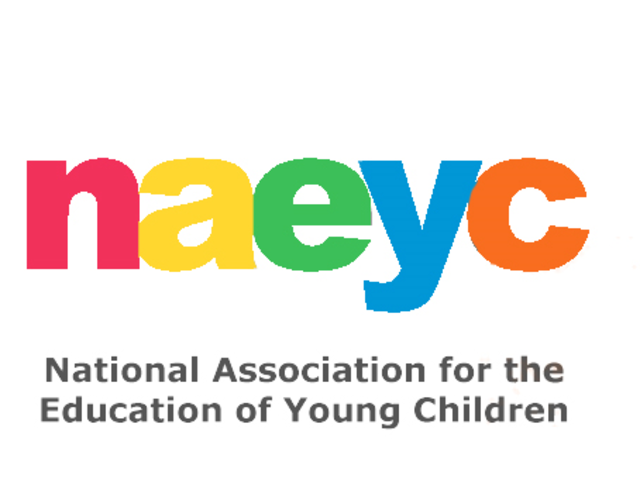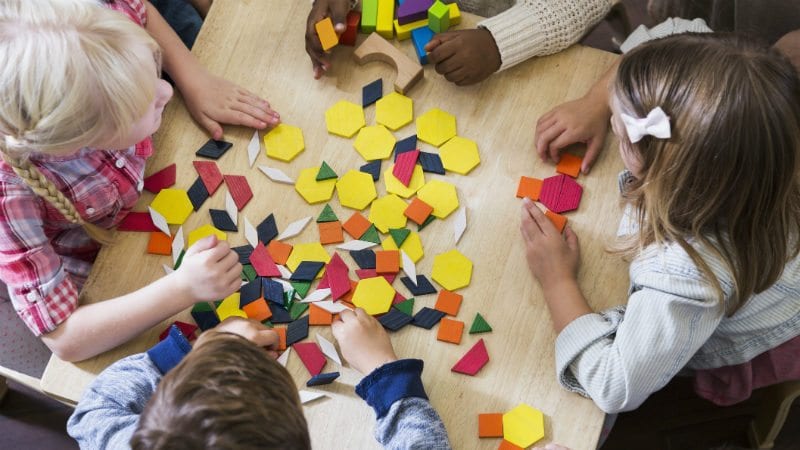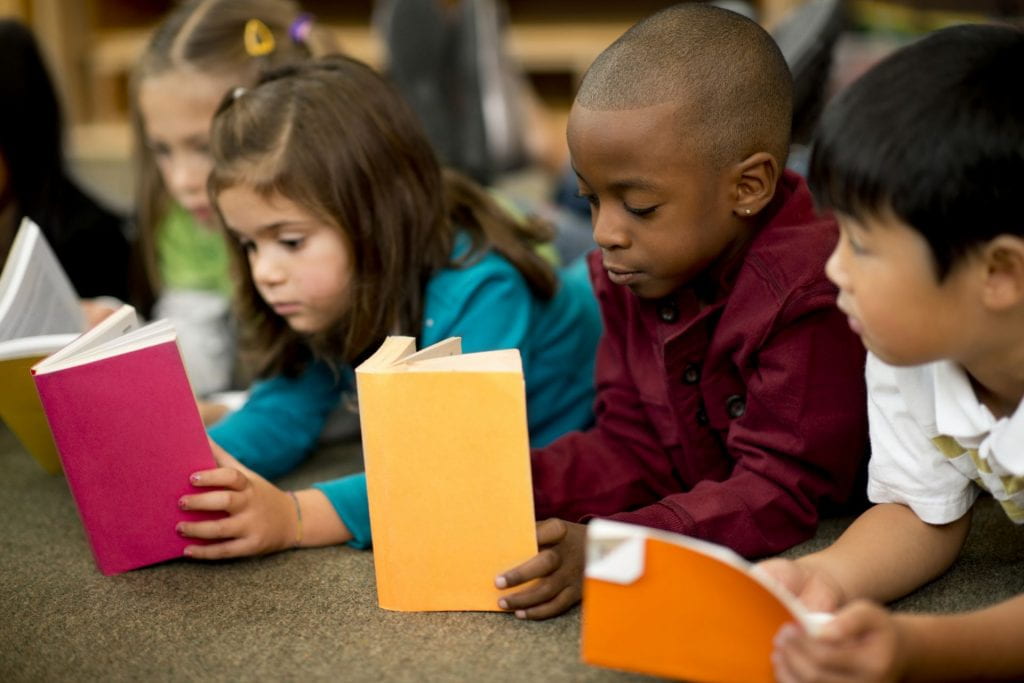Day 4: It looks like F A L L
September 22nd, 2022
Thursday’s are the day that students are able to complete their Thoughtful Thursday journal prompts. Doing these journal prompts on a daily really helps build the students writing skills, critical thinking, and vocabulary usage. Throughout these first few weeks I’ve noticed that students are consistently working on their writing skills (punctuation, proper spacing, spelling words correctly), bettering their math skillset (fluency with facts to 10, application problems in their math books, solving basic addition/subtraction equations), phonics, and more. Towards the end of the day students have a little free period which entails them going to their different centers, I love enjoying students when they are doing their STEAM boxes because its something they really seem to enjoy doing and get really invested. Since it was beginning to look a bit like Fall, we where able to go outside in the play ground area and take a picture of the students in front of this huge tree. The point of doing this was to see how the tree progress over the next few weeks (what color will the leaves change?, when will all the leaves fall off?, etc.). After we took pictures we had students come back in and I read a book to them for story time and yes ! you guessed it !! it was a book about Fall, Clifford’s 1st Autumn by Norman B. to be exact. As you can see today was a pretty good day with the students.

